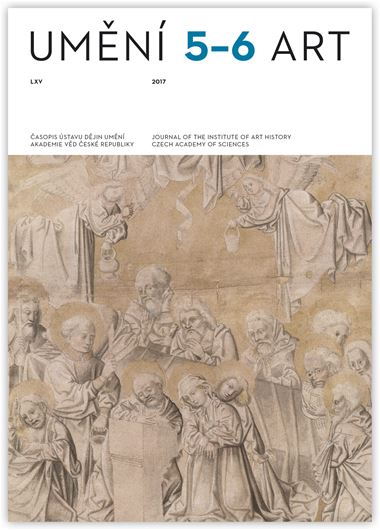Ondřej Váša
Figura Serpentinata Unleashed: Hogarth’s Line of Beauty and the Misreading of Lomazzo’s Treatise
The essay analyzes a certain misunderstanding that stimulated William Hogarth to invent his ‘line of beauty’ and eventually made this line, which was to become the ideal measure and visual performative of beauty, to unleash all its ferocites and self-destructive potential. Hogarth rather carelessly misapprehended Lomazzo’s Trattato dell’arte della pittura, scoltura et architettura (1584), especially the passages devoted to the so-called ‘figura serpentinata’ and the related representation of movement, life and el- egance. Hogarth even saw himself as Lomazzo’s successor and intended to transform his remarks into the general theory of beauty as a key aspect of artistic representation. Hogarth, however, fatally underestimated the Neoplatonic context of Lomazzo’s remarks and stripped the serpentine line of it’s most essential quality of translating between the physical and metaphysical domain and mediating the hierarchical relationship between the sensual agitation and spiritual elevation. He missed the fact that figura serpentinata is motivated by the specific ‘furia della figura’, derived from Platonic μανία / Ficino’s ‘furor’ which not only (literally) animates, but also immanently controls its undulation. Hogarth thus deprived himself of these means. At the same time, however, he never gave up the ambition to define his line in terms of a similar ideal directive. Hence the number of contradictions, consisting in mutually excluding attempts to derive the line from experience, deligitimise any external rules and define it as an idealistic norm of movement. The essay first exposes and analyzes these contradictions in context of both Neoplatonic philosophy and Hogarth’s milieu, showing that the supposed ‘line of beauty’ constantly escaped Hogarth’s efforts to control it and became the wanton notation of incoercible impulses and passions instead. In short, Hogarth’s spontaneous line, which was supposed to become the backbone of restrained beauty, the instructive signature of the elegance of things and our bodies alike, rose up against Hogarth’s parenting and evolved into a notation of anarchy and decay, to which our beautiful bodies and things inevitably succumb.
Full-text in the Digital Library of the Czech Academy of Sciences:
https://kramerius.lib.cas.cz/uuid/uuid:30e968bd-93f4-420c-ac30-87c3e779c86a
< back

